One of the most popular ways to help fill the time between the ending of one Halloween Horror Nights event and the start of the next’s announcement season – which has been unusually long this year, thanks to that pesky little thing called Epic Universe – has been a particular sort of discussion: what would you like to see when the horror festivities return to Universal Studios Florida the following fall? (It’s also an age-old question that afflicts every aficionado of every single stripe, whether that be the otherwise-disparate subjects of football and political elections.)
Usually, these conversations quickly default to a familar refrain: a return to the icon days (when a central character took center stage in the narrative as well as the marketing), or a revival of the story-was-king days (when the HHN website would be filled with clues, games, and other sorts of interactions), or just a general wish for the proceedings to be darker and scarier (which is usually accompanied by a corollary request: reduce the number of under-age attendees). For my money, and from my perch of having professionally covered Universal Orlando Resort’s hallmark annual event for the past decade or so, my single biggest desire is one that may not quite fall into the mainstream fandom opinion – partially because the aforementioned items probably won’t ever come to fruition again, and partially due to my innate contrarian nature, which I can’t seem to ever escape (as my friends and family love to repeatedly point out).
What I want is for Universal to experiment again, to push the experential envelope in some new and (ideally) comparatively intense ways – in other words, to grapple with that trial-and-error process that it hasn’t had to deal with since the event solidified into the massive moneymaking machine that it is today.
Laying out the HHN problem
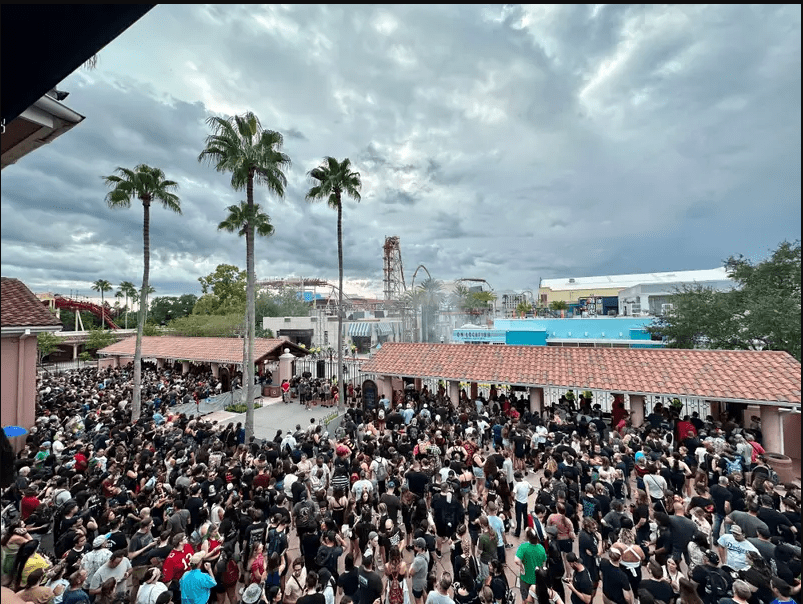
It’s worth taking just a moment to step back and expound on this. Horror Nights has, over the course of its 33 years, become an extremely well-oiled machine, designed to attract the maximum number of guests with a combination of very well-known horror properties and mystery experiences in the form of original haunted houses. There are merchandise drops that happen strategically throughout the entire year leading up to the Halloween shindig, themed food-and-beverage booths that sling exclusive offerings while attaching themselves to one character or franchise or another, and a retinue of original stories-turned-audiodramas over on the official podcast.
All this is well and good, but it has come to feel a bit on the rote side. Fans, whether diehard or rookie, know what to expect – 10 houses, five scare zones, tie-in experiences at the bars or restaurants at the on-site hotels and the CityWalk entertainment district, and so on and so forth. It’s the curse of success, and we should all only be so lucky as to be faced with a similar affliction, but, still, it is an obstacle facing the event in its middle age, and there are ways to deal with it.
(One quick aside before we dive in: the fact that those wishes for a return to Horror Nights’s “glory days,” however you may define that term, are a constant chorus is one of the big reasons why we made Horrors Untold in the first place – its creepy original narrative, filled with layers of mysteries and clues and riddles, was meant to scratch the itch that the website used to provide decades ago, while our comprehensive rundown of the various icons over the years should quench that particular nostalgic thirst.)
A small way to make HHN 34 more immersive
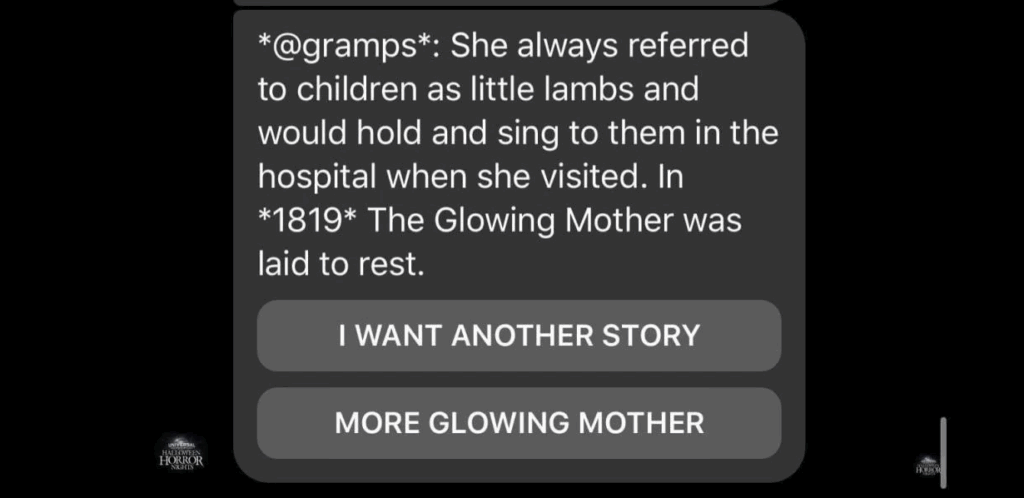
All this may sound rather grandiose, but it actually doesn’t have to be a massive undertaking; it, in fact, can be on a small, and perhaps subversive, scale, still falling (largely) within the realm of feasibilty.
For example, even as recently as six years ago, Universal’s designers allowed guests, while waiting in line for the Graveyard Games house, to interact with the haunt’s characters via Facebook Messenger, resulting in the fictitious town’s history and “spooky legends” being shared with them – a clever way to provide backstory and, of course, to while away the time in what can easily be some pretty formidable crowds. In today’s (admittedly problematic) age of chatbots, it’s easier than ever to have that immersive, storytelling element, all while upping the interactive quotient. And it doesn’t have to just be curtailed to the mazes – why not have the same thing happen while queuing for a themed food kiosk (the texts could reveal the backstory of the dishes, which goes hand-in-hand with the associated house’s) or for a show, or, even, while meandering thorugh a scare zone (call it a “second screen” approach to the experience, something which Universal’s Halloween Horror Nights partner, Blumhouse Productions, recently experimented with in movie theaters)?
And why stop there? These interactions can stack atop one another, from maze to show to hotel bar, leaving a kind of experiential trail by the time the night comes to a close – a new form of souvenir that fans could then brag about and compare with one another online. Furthermore, theses digital encounters could serve much the same purpose as the HHN app’s trivia games and “Production DIE-ries” (making-of articles) did, checking that well-established box, all while increasing customers’ satisfaction and innate thirst for immersion.
And then, of course, certain gamifications are available, as well, adding such elements as points, leveling up, and that age-old chestnut of competition into the equation – a recipe for certain success, even if only a small portion of the overall audience would ever end up taking advantage of the additional services.
A bold move to make HHN 34 more experimental

But that’s only scratching the surface.
The most staid part of the Horror Nights experience is, by far, the haunted mazes themselves, which, despite being big-budgeted affairs that are expertly stuffed with scareactors and set decoration, are conga-line beasts that routinely ruin one scare or surprise after the other thanks to the demands of high through-put. When Universal announced A Quiet Place as one of its ten houses last year, there was much ado about the possibility of playing around the edges of this core experience, of letting attendees’ noise levels help alter the frequency of the scares. This, unfortunately, didn’t come to pass, and while the end result was a fine enough haunt on its own, it wasn’t anything out of the ordinary.
So let’s get back into the business of experimentation again, at least on the margins. One of the great appeals of Horror Unleashed, the company’s first-ever year-round horror attraction that’s set to debut in Las Vegas this August, is not only the constraints on guest flow through its four mazes (goodbye, conga lines!), but, moreover, the way in which it’s going to accomplish that: by temporarily holding visitors in certain rooms, during which extra show moments or narrative tidbits will be played out for them. While the extra bells and whistles are undoubtedly out of the question, the goal of crowd control is certainly one worth striving for – and was certainly the biggest perk that made last year’s inaugural Premium Scream Night worth all the extra money for those who opted to attend.

Since it’s practically impossible to do this in a normal maze under normal operations – and since it’s extremely unlikely that Universal would attempt to hold multiple $350-a-ticket nights every single year – that leaves one last realistic outlet for such a “bespoke” haunt approach: upcharge houses. Yes, only one of these was ever held at HHN before – called The Repository, it ran during 2016’s event – and, yes, that one entry also featured escape-room-esque and virtual-reality components, but none of this need to deter another attempt. The only experiential deviations need to be, well, in the actual unfolding of the house itself: imagine a version of A Quiet Place that really did cater its flow of story and scares, from start to end, to your behavior; or a house that was packed full of “show moments,” from blasts of water and air to scareactor vignettes (like the Halloween house from 2014, in which a number of Michael’s kills were elaborate scenes that took some time to reset), that played out for each and every attendee, increasing its feeling of being interactive; or certain scenes in which, say, guests enter a room only to have the doors in front of and behind them “lock” and the lights go momentarily out? (This would be the closest to Vegas’s show moments that Orlando could achieve.)
All of these possible scenarios may not seem like much for some smaller, regional haunts that can offer up such variations on the theme on the regular, but given the scope and scale of Universal’s seasonal proceedings, they could be just the thing needed to put the horror back into Halloween Horror Nights.
Follow Horrors Untold on Instagram and Facebook, and be sure to sign up below for our monthly email newsletter for exclusive content and insights.

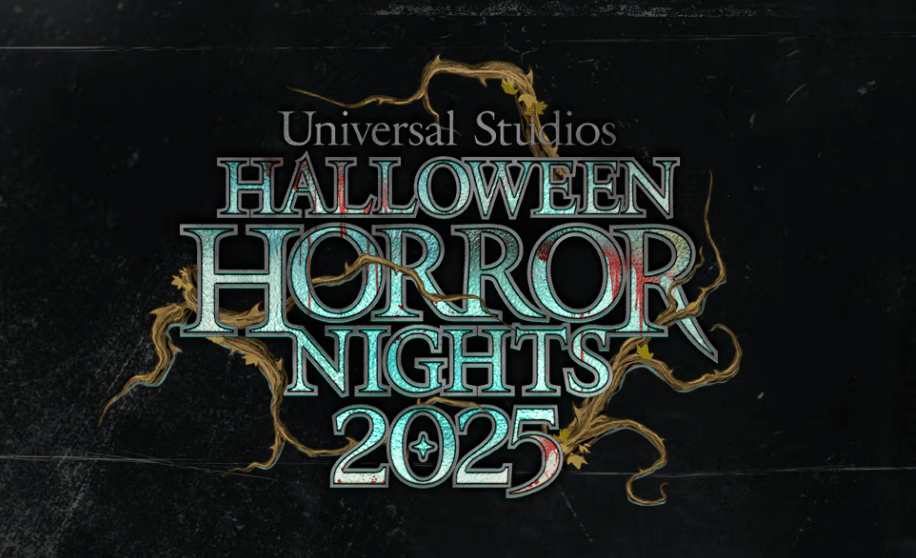
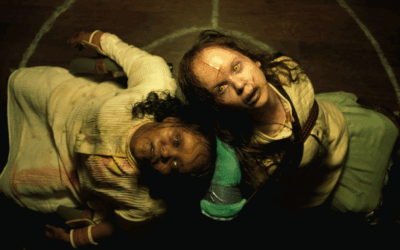


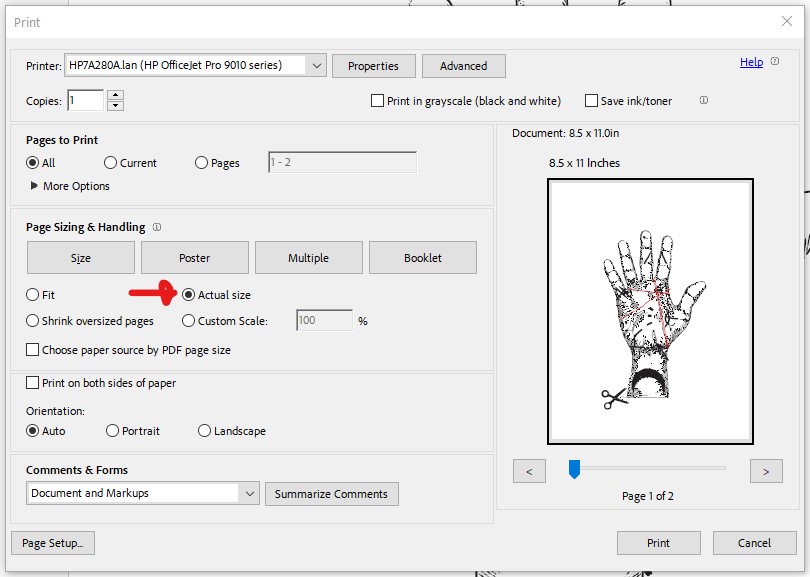
0 Comments